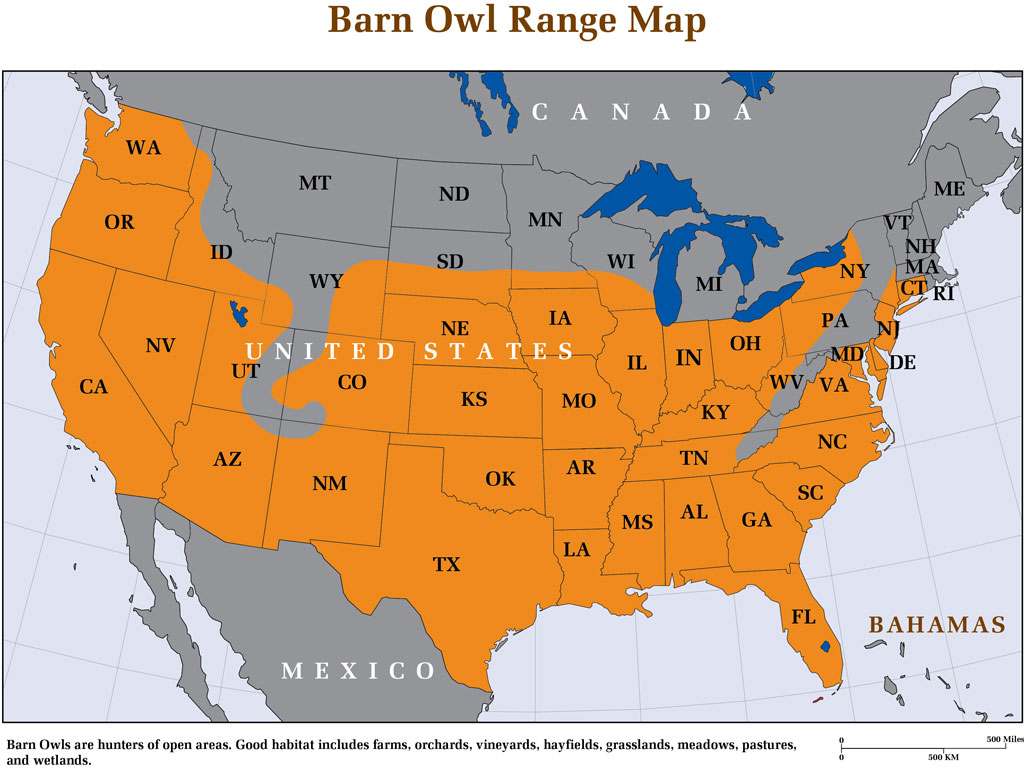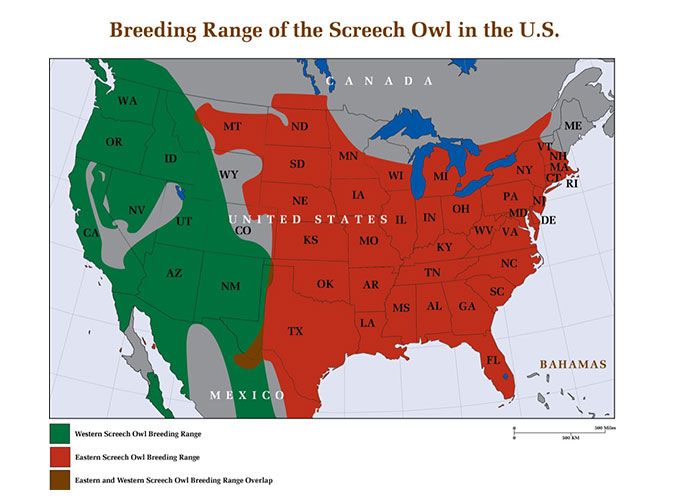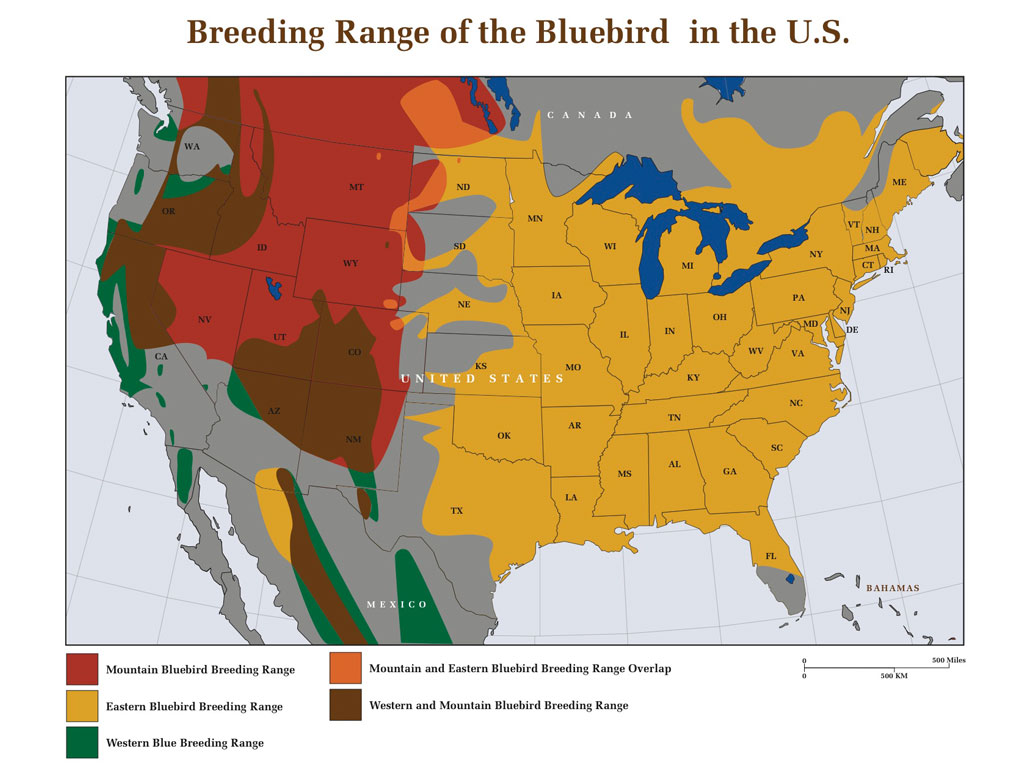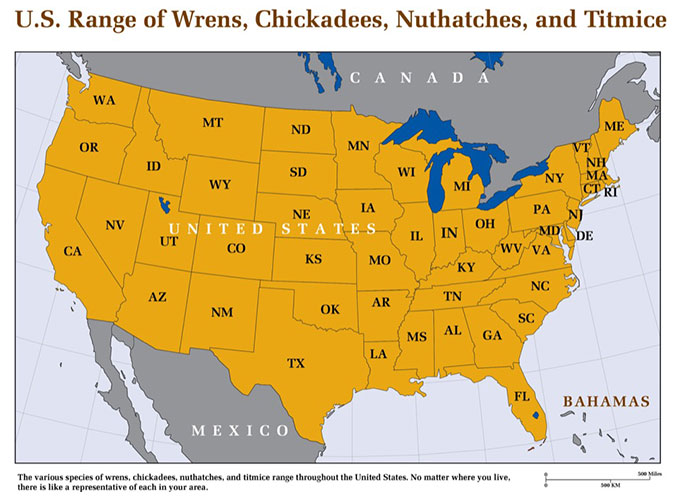Free Shipping to the Contiguous United States
Plastic Barn Owl Boxes Versus Wooden: A Clear Choice
Plastic Barn Owl Nest Boxes Versus Wooden: A Clear Choice
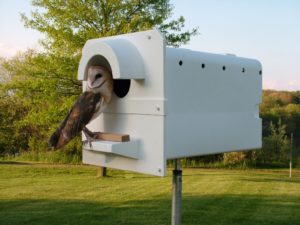
In 2009, I was a field researcher and animal trainer for the Pittsburgh Zoo. In conjunction with Moraine Preservation Fund, we had erected over 200 wooden nest boxes in PA; however an inspection a few years later revealed many of them were rotting. The immense amount of work seemed wasted and no one had the money to build and erect replacements.
At that time I also spoke to the sustainable director for a large farming concern in Florida that had used barn owl boxes. He informed me they had given up using them since the weather quickly destroyed their plywood boxes. Similar stories came out of California. Few farms were employing large numbers of boxes, though many had a few. It seemed short-lived wooden boxes were deterring barn owl box programs.
So, over a two year period, I designed the plastic box. The product took off rapidly and we began to see large orders from vineyards and orchards. We also receive repeat orders from wildlife departments of various states. My guess had proven true: when farmers and property owners were offered a nest box that would last, they were more inclined to buy and erect them.
My goal of both conserving the barn owl and reducing the use of poisons seemed realized. To date, we have increased the number of nest boxes in the country by many thousands and this has had a positive impact on barn owl populations. Illinois alone has reported a five fold
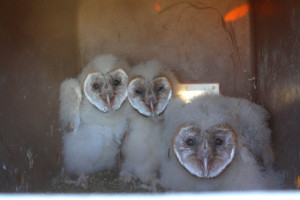
increase in their population. The Florida farms that had discontinued using wooden boxes have now installed over 1000 plastic boxes to controthe large numbers of cotton rats in their fields; they report 100% occupancy.
Our own study in Elk Grove California in 2012 attracted 18 breeding pairs that fledged 66 young on a scant 100 acre vineyard in a single season.
Occupation rate was 75%. The density of barn owls on that parcel of land was one of the highest ever reported. (Browning, et al. 2016 published by 27th Vertebrate Pest Conference, University of CA Davis.)
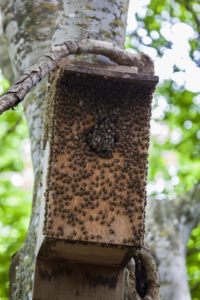
Increasingly we have been receiving evidence of another benefit to plastic barn owl boxes. People with both wooden and plastic nest boxes have been noticing that only their wooden boxes have been invaded by honey bees. (And many such hives are Africanized strains of the bee that are highly aggressive and dangerous to humans.)
Our best guess is that the smooth, impregnable plastic surface does not allow the bees to glue their nest to the walls or ceilings. Honey bees will attack the nest, kill the young, and soon make the nest box uninhabitable except for themselves. And Africanized bees are moving northward. In California they have expanded their range since the 1990’s as far north as Napa County. We still urge caution when inspecting our nest boxes, but so far we have no reports of bee occupation.
Today, the choice remains between wood and plastic, and there is some debate over which may have advantages over the other. As someone who has used many of each in the field, I first want to say that both wooden and plastic boxes attract barn owls in high numbers where barn owl populations are good. That said, here are the pros and cons of each:
Pros and Cons between Wooden and Plastic Barn Owl Boxes
The Wooden Box
Advantages:
- Can be built at home by do-it-yourselfers
- Initial outlay is lower
- Just as likely to attract barn owls as plastic
Disadvantages
- Deteriorate in as little as two years
- Need repainted periodically
- If not repainted frequently, the wood surface makes the barn owl box too hot for fledglings
- Harbor greater loads of parasites
- Are heavy to install, requiring two people minimum.
- Need replaced periodically, erasing the initial savings in costs.
- To save on expense, many wooden boxes are built too small
- Wooden boxes are frequently occupied by honey bees and these are often Africanized bees which present a danger to humans
The Plastic Barn Owl Nest Box
Advantages
- Far outlasts wooden boxes
- More economical overall
- Never needs repainted
- With heat reflective pigments, double box system, and efficient venting, remains cool in full sun
- Larger size than most wooden boxes (26 x 17 x 17).
- Achieves high rates of occupancy and fledgling success
- Can be quickly installed by a single person
- Evidence indicates that honey bees (including Africanized strains) do not build nests in plastic boxes due to not being able to glue their nests to the smooth plastic
Conclusion
There is nothing wrong with providing wooden boxes for barn owls. They may be particularly useful for do-it-yourselfers and beginners. But for farms and property owners who want to create reliably long-lasting nest box programs that require very little maintenance, plastic next boxes provide a clear choice.
Please go to www.barnowlbox.com for more info.

